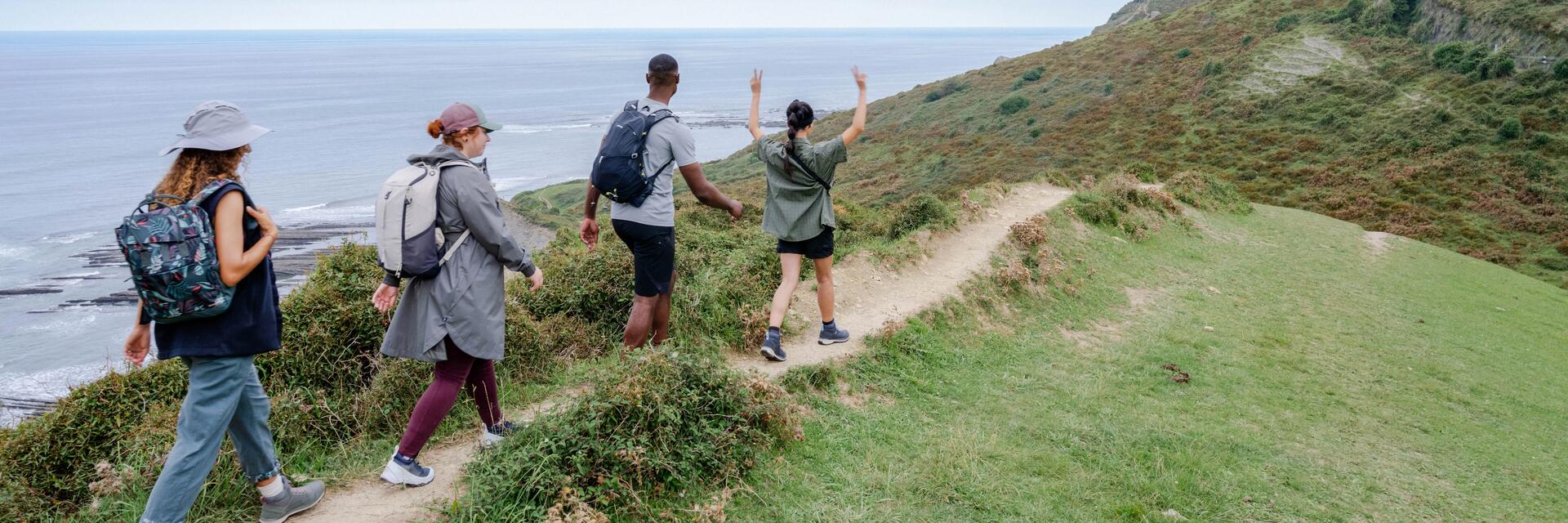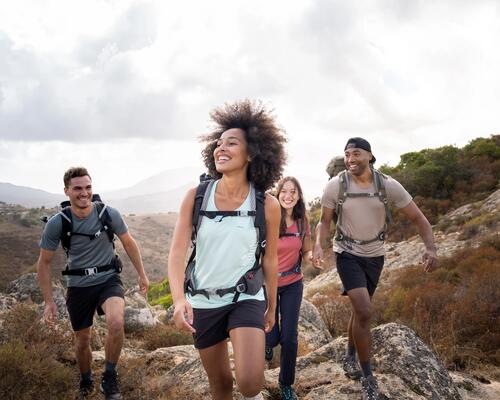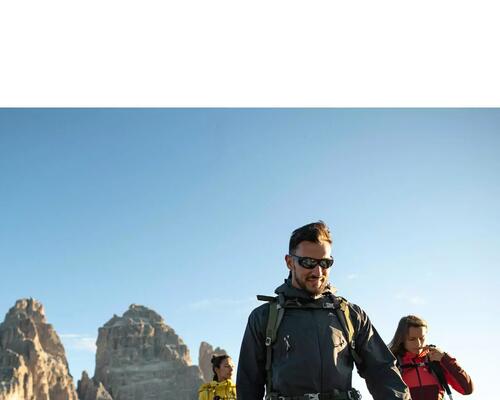1. Choose your hiking route carefully
Before setting off, we recommend you spend a little time choosing your route, which means the journey you’ll make while out walking. Your choice will impact the level of difficulty and duration of your first adventure. You have two options: go for a loop route (from point A back to the same point A) or a linear hike (from point A to point B).
⚠️ Beware: if you take the linear option, check you can find your starting point again to get back home.












